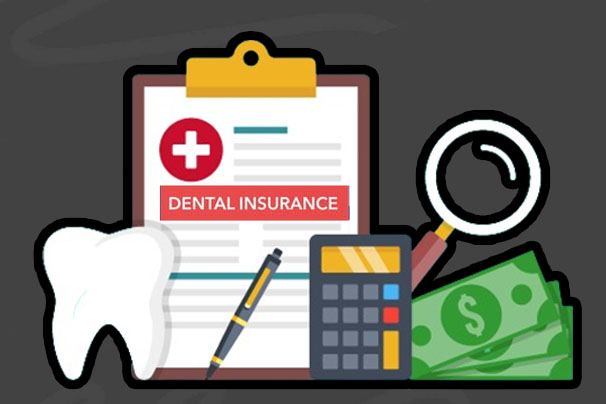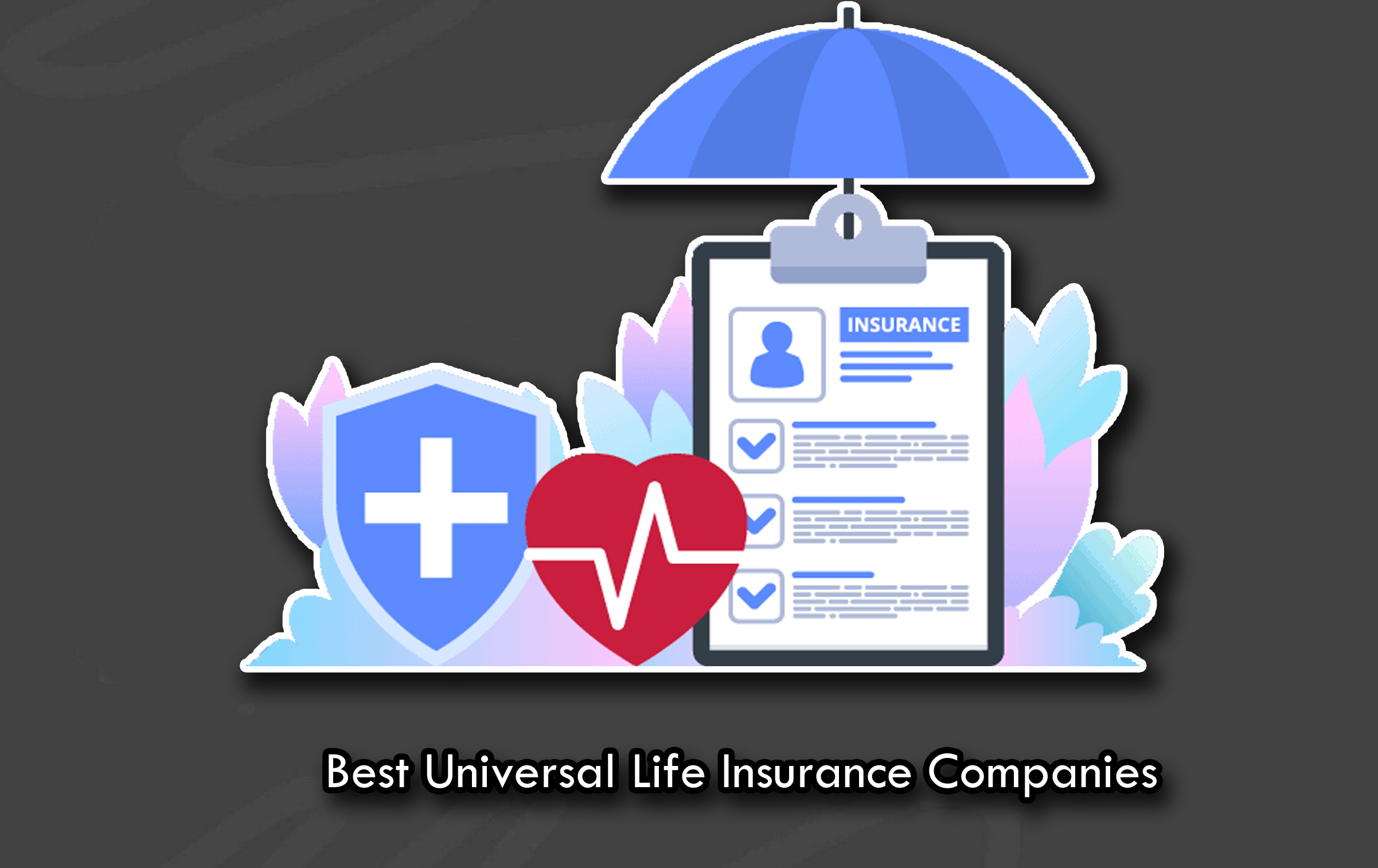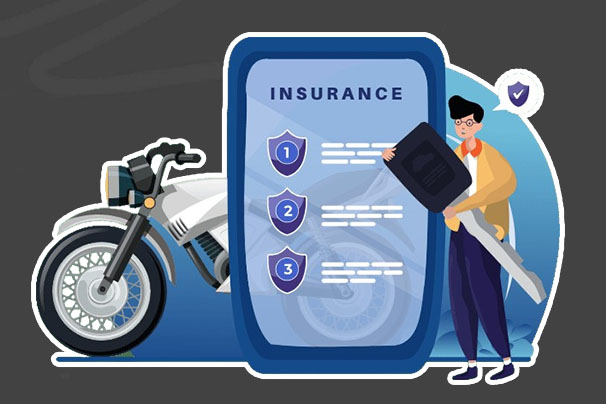You may have heard the term “Waiver of Premium” while looking for insurance products online. A waiver of premium is a type of insurance clause that forgoes premium payments when the policyholder suffers a critical illness, a serious injury, or a physical impairment.

The primary aim for purchasing life insurance is to provide coverage for their loved ones.Moreover, there can be other restrictions, such as fulfilling certain age and health standards.
For instance, if policyholders are worried about maintaining their financial stability after an injury sustained on the job, they could wish to acquire a waiver for their life insurance payment.
A premium waiver allows your life insurance coverage to continue even if you are unable to pay your premium.
A waiver of premium is a rider (covered by your policy) or a benefit of your policies that ensures that your households are protected without the need for additional premium payments.
How Does A Waiver Of Premium Work?
Some policyholders frequently include the rider either as an additional or optional perk to life insurance coverage.
Generally, it’s only accessible when a policy is issued, and expenses differ depending on the provider and the applicant.
Also, insurance providers charge an upfront fee or include the rider price in the premium.
Moreover, the cost of a life insurance policy is increased by this fee. Many premium waiver riders have a waiting period after which you cannot receive benefits.
You may be qualified for complete reimbursement of your premium payments if you are physically harmed or handicapped during the waiting time.
In the absence of a waiting period, the insurance provider bears a far higher risk of loss. Pre-existing disability applicants are not eligible to get benefits from a waiver of premium rider.
By putting a pre-existing limitation in place, it is possible to write a policy that would prevent high-risk applicants from paying premiums.
Types Of Insurance Waiver Of Premium Offers
A premium waiver is typically provided as an add-on or perk for whole-life or term insurance policies. This is an additional benefit that certain long-term savings plans provide.
Examine the policy booklet and locate the section that offers a premium waiver. Either the rider list or the standard insurance benefits will contain the section.
It is doubtful that the policy will offer the premium waiver benefit if it is not made clear. Remember that riders are extra, optional items that must be purchased.
You will therefore need to pay an extra premium to activate the waiver of premium provision if it is provided as a rider.
How Much Does A Waiver Of Premium Cost?
Term life insurance premiums are usually raised by 10% to 25% when a waiver of premium rider is included.
The precise amount varies depending on several factors, including age, health, occupation, and participation in risky hobbies.
Who Is Eligible For A Waiver Of Premium?
Generally, anyone qualified for life insurance coverage is eligible for the waiver of premium. However, the precise qualifying requirements may vary depending on some factors.
This covers the insurance company’s underwriting requirements, the kind and duration of the coverage, and any local regulations and ordinances. Insurance providers may consider the following typical factors:
Age
The applicant’s age at the time of application may have an impact on their eligibility. Many insurers have age limitations and often offer this rider to customers aged 18 to 60. However, different insurers may have varying exact ranges.
Health
The applicant’s health status is considered, just as it would be with any other life insurance policy. Individuals who have pre-existing medical illnesses or conditions that raise their risk of acquiring a disability may be ineligible or pay higher premiums.
Lifestyle
Factors such as smoking, drinking alcohol, working, and partaking in specific hobbies can all have an impact on the eligibility and cost of a life insurance policy, particularly one with a rider.
Occupation
A higher risk of harm or impairment exists in some professions. Before awarding a rider, insurers may evaluate the type of work that the applicant does. People who work in high-risk jobs occasionally may pay higher rates or not receive the rider at all.
Do I Need A Waiver Of Premium?
Be sure you have coverage elsewhere in case you are unable to work before purchasing this type of life insurance.
For instance, if you get a major illness or become permanently disabled, income protection insurance can replace a portion of your salary.
A premium waiver might be beneficial if you don’t have any kind of income protection and don’t have a sizable amount of savings.
If you can’t afford your premiums, especially after a long period of payments, the last thing you want is for your life insurance policy to be canceled.
How To Choose The Waiver Of Premium In Life Insurance?
Choosing the waiver of Premium Rider while choosing a life insurance policy might offer important protection. This is how to choose wisely:
Comprehending The Rider
First, understand what is meant by the waiver of Premium Rider. It’s an extra benefit that spares you from premium payments if an illness or injury renders you incapacitated or unable to work.
Evaluating Individual Needs
Take into account your situation. This rider can provide peace of mind to you if you have dependents that depend on your income because it guarantees that the policy will continue to be active if your handicap causes financial difficulties.
Assessing Lifestyle And Health
Consider your lifestyle and health-related issues. The waiver of Premium Rider may be especially useful if you have pre-existing medical issues or work in a high-risk industry.
Comparing Costs
Determine how much it will cost to add the rider to your insurance. It raises the cost but offers more protection as well. Make sure the advantages exceed the additional cost.
Examining Policy Terms
Pay close attention to the rider’s terms and conditions. Recognize the requirements for eligibility to activate the waiver, as well as any relevant restrictions or limitations.
Speaking With An Expert
Finally, get advice from a qualified insurance professional. In addition, they can help you evaluate your needs and determine whether the waiver of Premium Rider is within your budget.
If you are unable to work, this policy will keep your life insurance policy in effect, allowing you to use your cash flow for immediate needs.








